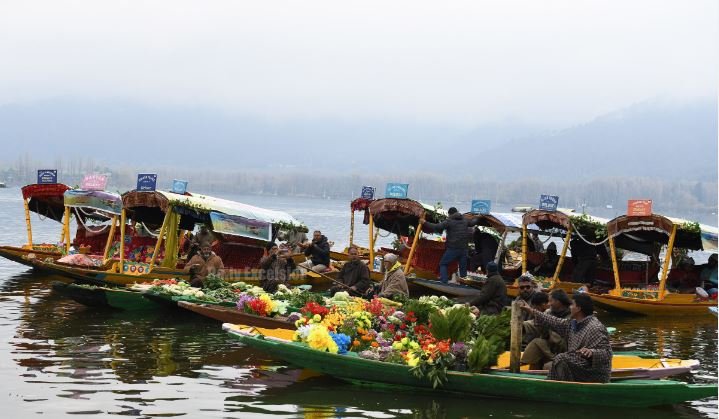Transforming Jammu and Kashmir’s public hospitality sector into a competitive tourism ecosystem requires not only infrastructural upgrades and financial investment but also a thoughtful recalibration of institutional intent and delivery mechanisms. The recent back-to-back board meetings of Sher-i-Kashmir International Convention Centre (SKICC) and Jammu and Kashmir Tourism Development Corporation (JKTDC), held in Srinagar, signified a renewed administrative focus on this vital sector. These deliberations, marking the first since the reconstitution of both boards, offered more than ceremonial significance—they opened the door to pragmatic, long-overdue reforms that could redefine how Jammu and Kashmir projects its tourism identity to the outside world.
The twin institutions—SKICC and JKTDC—stand at the intersection of state-led tourism facilitation and public perception. They embody the region’s ambition to host not just leisure seekers but also global business events, conferences, and institutional retreats. Yet, over the years, both have faced structural stagnation, underutilization of assets, opaque management of resources, and a failure to keep pace with the innovations embraced by private players in the hospitality space. The recent board meetings made clear that while the potential remains intact, unlocking it demands decisive action on multiple fronts. One of the strongest takeaways from the discussions was the emphasis on building a distinct brand identity for SKICC as a destination for MICE—Meetings, Incentives, Conferences, and Exhibitions. The location, aesthetics, and architecture of SKICC offer it a natural advantage, yet its calendar often lies under filled. Strategic marketing, particularly aimed at corporate houses, professional planners, and government bodies, was stressed as an essential lever for change. Building visibility, both through digital outreach and direct engagement with national and international event organizers, can dramatically shift the centre’s current trajectory. The suggestion to minimize unutilized days by targeting specific clientele speaks to a larger vision of making SKICC not just an architectural marvel but a functional, revenue-generating nucleus of Jammu and Kashmir’s economic diversification. Similarly, the deliberations around JKTDC moved beyond routine housekeeping to more substantive discussions about service quality and accountability. The call to improve the visibility of JKTDC’s properties—both hotels and guest houses—was not only timely but fundamental to their survival in an era where travellers rely heavily on online recommendations, aggregator platforms, and real-time reviews. Without aligning itself with the digital tourism economy, JKTDC risks becoming invisible to the very audience it aims to serve. The proposal to integrate premium and regular rooms into Online Travel Aggregators (OTAs), alongside the development of a dedicated mobile app, demonstrates a welcome shift toward tech-enabled hospitality governance. This digital step, if executed well, could significantly improve occupancy rates and offer tourists a more professional, seamless booking experience. The board’s recognition of revenue leakages and misuse of assets, particularly in JKTDC properties, also reflects a more grounded understanding of systemic inefficiencies. Recommendations to install independent smart meters across all JKTDC accommodations and to audit asset performance signal a commitment to transparency and better oversight. Such measures, while administrative in nature, send a strong message about the direction in which the administration wishes to steer the corporation—towards greater accountability and financial prudence. Equally important was the discussion around staff deployment and human resource management. Whether it’s the SKICC or JKTDC, no reform can succeed without motivated and clearly tasked personnel. The proposal to redefine staff roles, strengthen supervision, and ensure a merit-driven deployment system must be treated not as an ancillary agenda but as the bedrock of institutional revival. The absorption of surplus staff from the Centaur Hotel—now under private management—into appropriate departments is another aspect that demands a humane but efficiency-oriented approach. It is also encouraging to note the seriousness with which past board decisions, audit recommendations, and inter-departmental financial reconciliations were revisited. This culture of institutional memory and continuity—if sustained—can foster not only better decision-making but also a culture of follow-through, often missing in public sector undertakings.
As Jammu and Kashmir continues to assert itself as a safe, welcoming, and thriving tourist destination, the performance of its J&K UT-run hospitality institutions will serve as both a symbol and a test of administrative capacity. If the recommendations discussed in these reconstituted board meetings are implemented with sincerity and strategic foresight, SKICC and JKTDC can together lay the foundation for a more competitive, visitor-friendly, and economically sustainable tourism ecosystem. The real challenge, however, lies not in the articulation of these ideas but in their execution.




